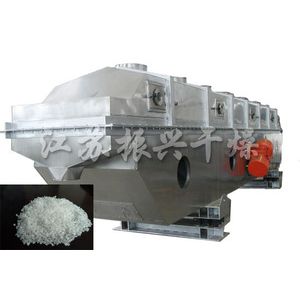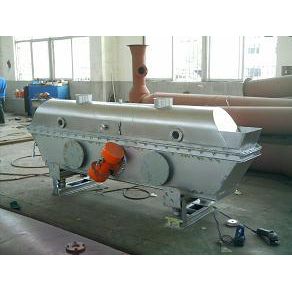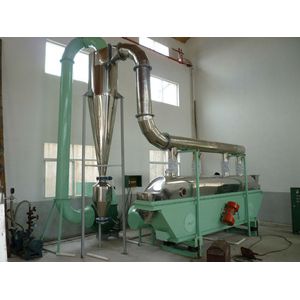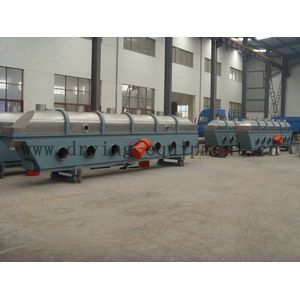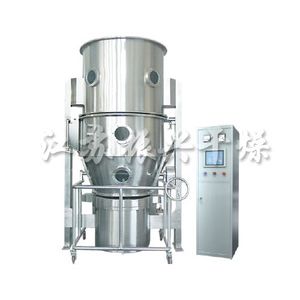
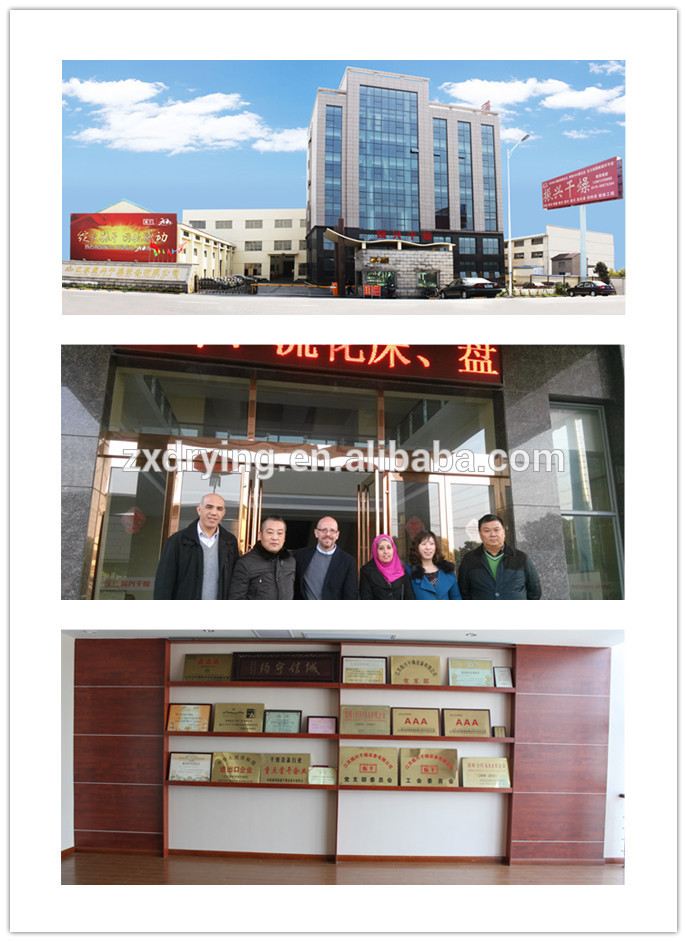
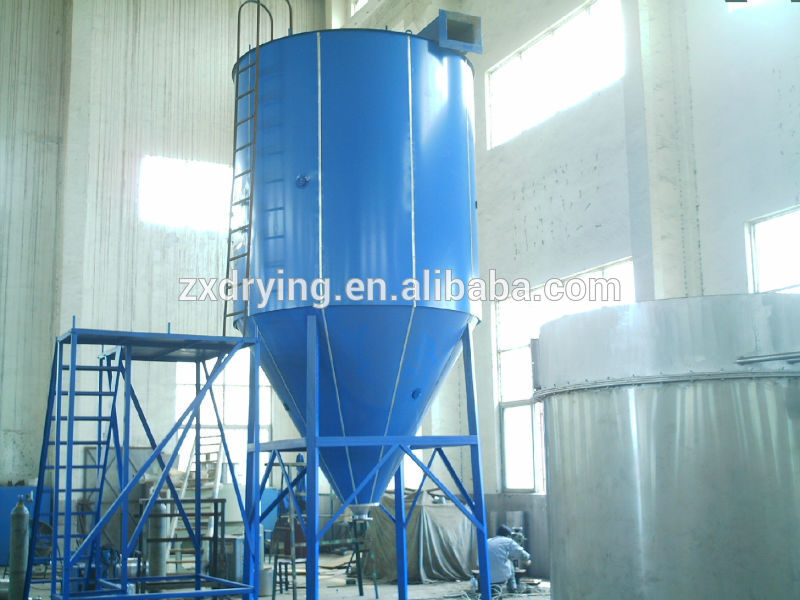
1. Description
The spray drying is the technology which is widely used in the liquid technology shaping and in the drying industry. The drying technology is most suitable for producing the powder or particle solid products from the materials, such as: Solution, emulsion. So when the particle size and distribution of the final products, their residual water contents, the stacking density and the particle shape must meet the precision standard, the spray drying is one of the most perfect technologies.
2. Principle
After the filtering and heating, the air enters into the air distributor from the top of the drier. The hot air enters into the drying room in the spiral form and uniformly. By passing through the high-speed centrifugal spray on the top of the tower, the material liquid will rotate and be sprayed into the extremely fine mist liquid beads. Through the very short time of contacting the heat air, the materials can be dried into the final products. The final products will be discharged continuously from the bottom of the drying tower and from the whirling separator. Finally the waste gas will be discharged from blower.
3. Features
A. Fast drying speed. Liquid materials after atomization will increase its surface area largely and can be evaporated its moisture 65% to 98% instantly in the hot air flow so as to finish drying within 5 to 15 seconds.It is specially suitable for drying of heat sensitive materials.
B.Dried products have even granule, good flow ability and solubility, high purity and good quality.
C.Simple and stable operation,easy adjustment and control as well as automation.
D.Simplifying process of production,superior and sanitary operation environment,and flying dust can be avoided during the drying process.
4.Scope of application
A. Chemical Industry
Sodium fluoride (potassium), alkaline dyestuff and pigment, dyestuff intermediate, compound fertilizer, formaldehyde silicic acid, catalys, vitriol agent, amino acid, and white carbon and so on.
B. Plastics and resin
AB, ABS emulsion, uric acid resin, phenol-formaldehyde resin, urea -formaldehyde resin, formaldehyde resin, polythene, poly-chloroprene and etc.
C. Food Industry
Fatty milk powder, protein, cocoa milk powder, substitute milk powder, egg white (yolk), food and plant, oats, chicken juice, coffee, instant dissoluble tea, seasoning meat, protein, soybean, peanut protein, hydrolysate and so on. Sugar, corn syrup, corn starch, glucose, pectin, malt sugar, potassium sorbate ,Condiment , spicy and so on.
D. Ceramic and construction materials
Aluminum oxide, ceramic tile material, magnesium oxide, talcum and so on.
5.Attentions to Order
(1). Name of liquid materials, nature, solid content (or moisture content), viscosity, surface tension, PH value.
(2). Volumetric weight after drying, allowable residue moisture, granularity, allowed high temperature.
(3). Production, total shift hours per day.
(4). Available energy resource and volume of steam, power supply capacity, available volume of coal, oil and steam.
(5). Control requirement: if inlet and outlet temperature are needed automatic controlled.
(6). Requirement of powder collection: if bag collector is needed to install, environmental requirement of tail gas.
spray dryer
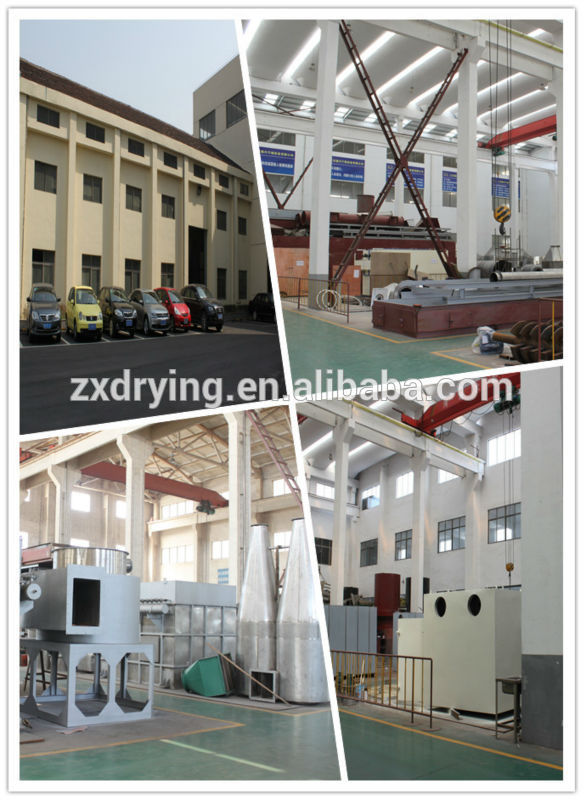



 China
China